Dried Thyme: The Herb That’s Basically a Kitchen Superhero (And You Didn’t Even Notice)
Table of Contents
- Introduction: A Humble Hero in the Spice Rack
- What Exactly is Dried Thyme?
- How to Use Dried Thyme Like a Pro
- The Health Benefits Behind This Tiny Leaf
- Storage Secrets for Maximum Flavor
- Fresh vs. Dried Thyme: Which One Should You Use?
- Flavor Pairings That’ll Make Your Taste Buds Sing
- Fun Facts About Thyme
- Conclusion: Why Every Kitchen Needs This Spicy Sidekick
Introduction: A Humble Hero in the Spice Rack
You might not think much of that little bottle labeled “Thyme” tucked between paprika and oregano, but let me tell you — dried thyme is the unsung hero of the spice world. It doesn’t scream for attention like chili flakes or steal the spotlight like garlic powder. No, it’s more like the cool understated friend who quietly solves everyone’s problems.
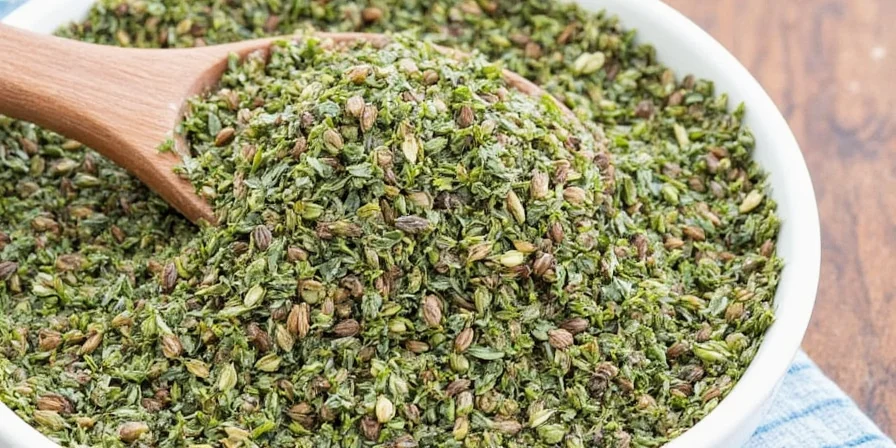
In this post, we’re diving deep into the world of dried thyme, exploring how to use it, store it, and love it properly. Whether you're a seasoned chef or just trying to elevate your weeknight pasta game, you’ll walk away with some serious thyme knowledge (and maybe even a few chuckles).
What Exactly is Dried Thyme?
Thyme is a perennial herb native to the Mediterranean region. It comes from the Thymus vulgaris plant, which has dozens of varieties. When you dry thyme, you're essentially preserving its flavor and aroma so you can enjoy it year-round without worrying about it wilting on your counter.
| Attribute | Dried Thyme | Fresh Thyme |
|---|---|---|
| Shelf Life | 1-3 years | 1-2 weeks |
| Flavor Intensity | Muted but earthy | Vibrant and grassy |
| Use Cases | Slow-cooked dishes | Fresh garnishes, sauces |
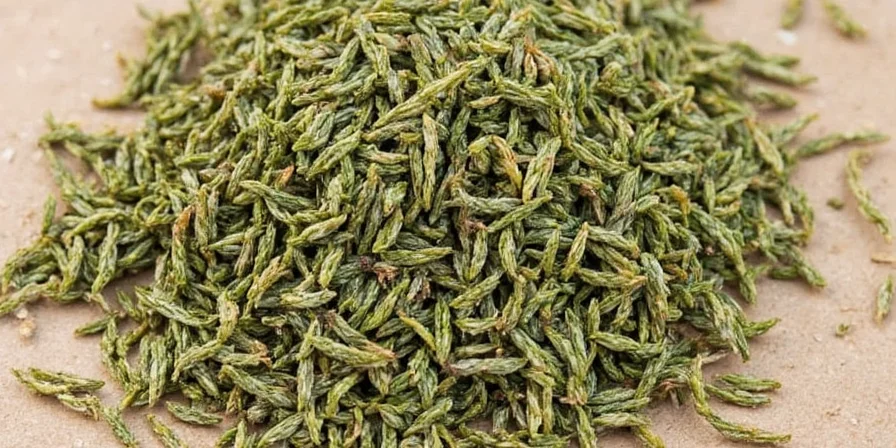
How to Use Dried Thyme Like a Pro
Here are five practical tips to get the most out of your dried thyme:
- Add it early: Unlike fresh herbs, dried thyme needs time to rehydrate and release its flavors. Toss it in during the beginning of cooking, especially in soups, stews, or braises.
- Rub it in: Mix it into dry rubs for meats, especially lamb or chicken. It adds a warm, herbal base that complements smoky spices like paprika.
- Infuse it: Add a pinch to simmering broths, oils, or vinegars. Let it steep for a few minutes before straining for a subtle, aromatic infusion.
- Pair with citrus: Don’t be afraid to add a squeeze of lemon juice or zest after adding thyme. The brightness balances its earthiness beautifully.
- Toast it: Lightly toast dried thyme in a dry skillet for 1–2 minutes to awaken its essential oils. Warning: don’t leave it unattended or it will burn fast!
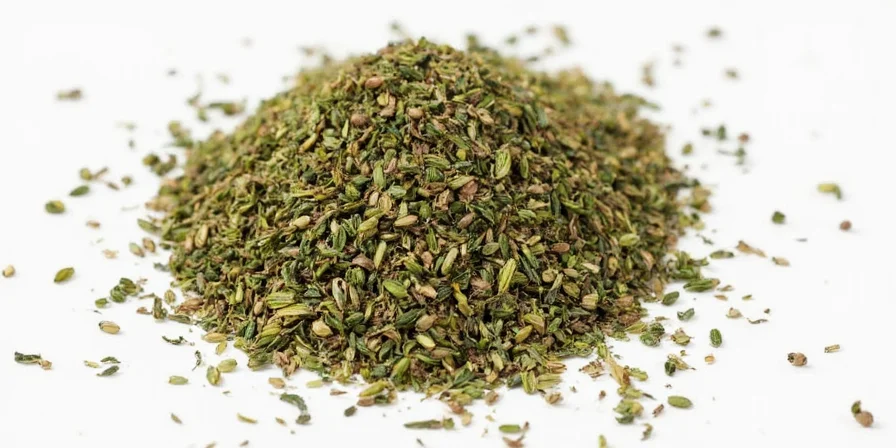
The Health Benefits Behind This Tiny Leaf
Beyond the kitchen, thyme packs a punch when it comes to health benefits. Here’s what science says:
- Antioxidant Powerhouse: Thyme contains powerful antioxidants like thymol, which helps fight free radicals in the body.
- Natural Antimicrobial: Thymol also has antibacterial properties, making thyme oil a popular ingredient in mouthwashes and disinfectants.
- Respiratory Relief: Used for centuries in herbal remedies, thyme tea is known to help soothe coughs and sore throats.
- Immune Boosting: With vitamins C and A, along with minerals like iron and manganese, dried thyme contributes to immune system support.
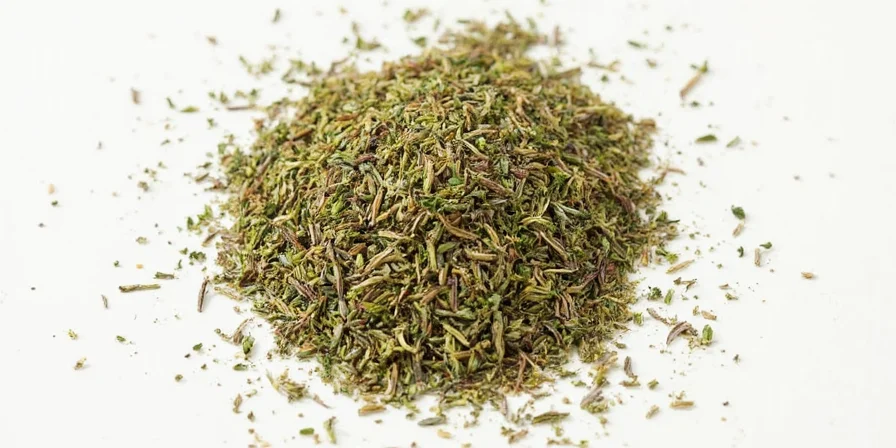
Storage Secrets for Maximum Flavor
If you want your thyme to stay potent and flavorful, treat it like a delicate treasure. Here’s how:
- Keep it dark: Store your dried thyme in an airtight container away from light and moisture. Sunlight is flavor’s enemy.
- Avoid humidity: Moisture ruins spices. Keep them away from your stove or sink where steam hangs around.
- No shaking necessary: Only shake the bottle over your dish — don’t let it sit open for too long.
- Check the date: Most dried herbs last about 1–3 years. If your thyme smells like dust, it’s time to toss it.
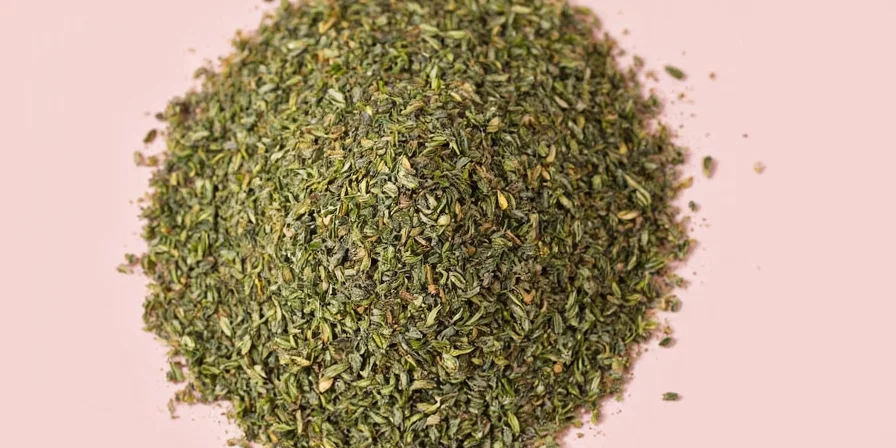
Fresh vs. Dried Thyme: Which One Should You Use?
The debate rages on, but here’s the real deal:
| Aspect | Fresh Thyme | Dried Thyme |
|---|---|---|
| Best For | Garnishing, finishing dishes | Cooking into recipes |
| Flavor Profile | More vibrant, floral | Earthy, muted |
| Quantity Needed | Use 3x more than dried | Use sparingly |
| Availability | Seasonal, pricier | All-year, affordable |
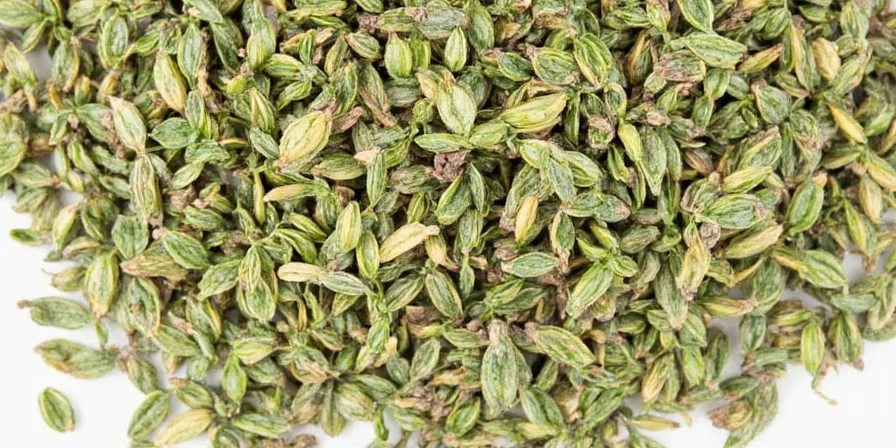
Flavor Pairings That’ll Make Your Taste Buds Sing
Thyme loves company. Try these pairings next time you’re spicing things up:
- Lamb + Garlic + Rosemary: A trio that belongs together in slow-roasted glory.
- Tomato + Basil + Olive Oil: Add thyme for depth in sauces and pasta dishes.
- Butter + Lemon + Chicken: Classic French comfort food in a pan.
- Onion + Carrots + Celery: The holy trinity of soups and stocks gets better with thyme by its side.
- Mushrooms + Cream: A luxurious pairing perfect for risottos or creamy pasta sauces.
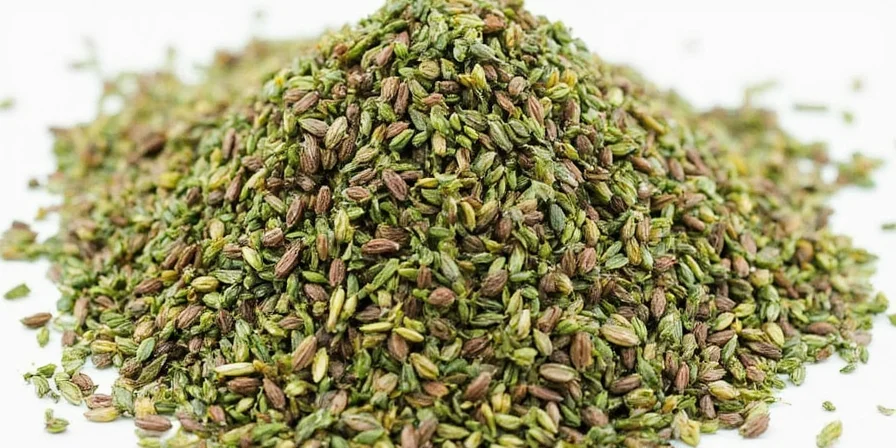
Fun Facts About Thyme
- During medieval times, knights wore thyme-scented scarves as symbols of bravery.
- There are over 300 varieties of thyme — including lemon thyme, caraway thyme, and even orange-scented thyme.
- Thyme was once used as a preservative before refrigeration.
- The word “thyme” comes from the Greek word thymon, meaning “courage.”
- Bees absolutely adore thyme flowers — it makes amazing honey!
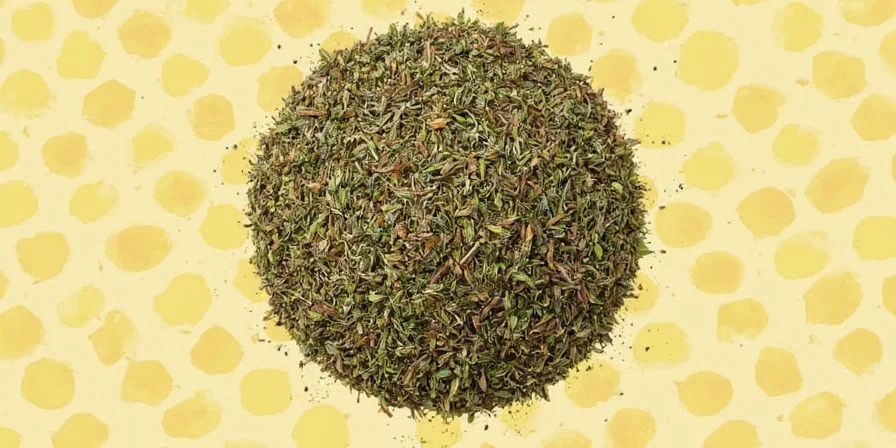
Conclusion: Why Every Kitchen Needs This Spicy Sidekick
Dried thyme may not be flashy, but it’s one of those spices that quietly transforms ordinary meals into something special. From hearty stews to cozy soups and even baked goods, thyme is your go-to ally for adding depth, warmth, and a touch of sophistication.
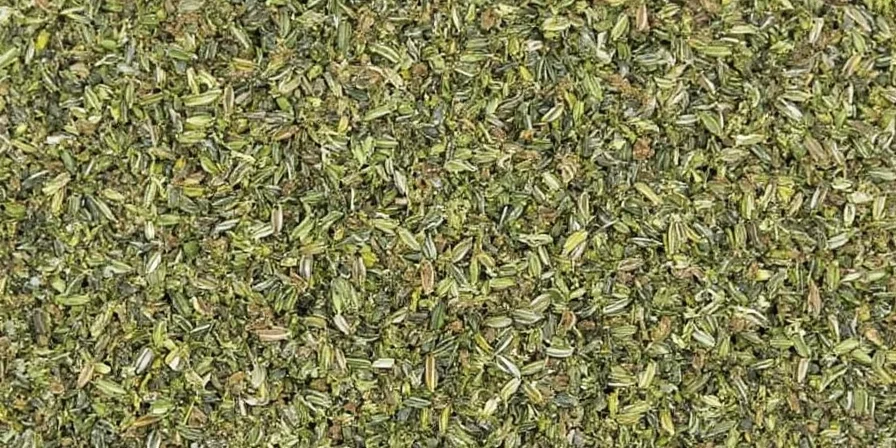
So next time you’re reaching for the salt, take a second glance at that dusty bottle of thyme. Give it a little love — and watch your food come alive.

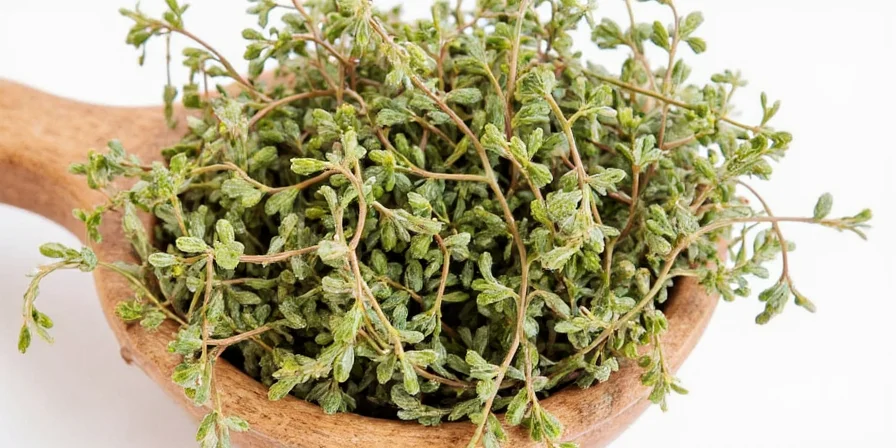









 浙公网安备
33010002000092号
浙公网安备
33010002000092号 浙B2-20120091-4
浙B2-20120091-4